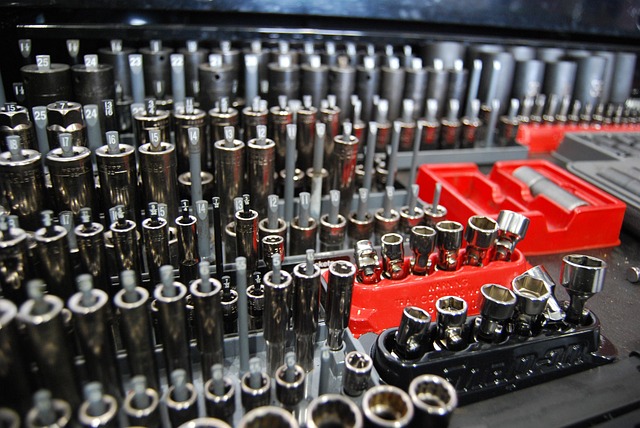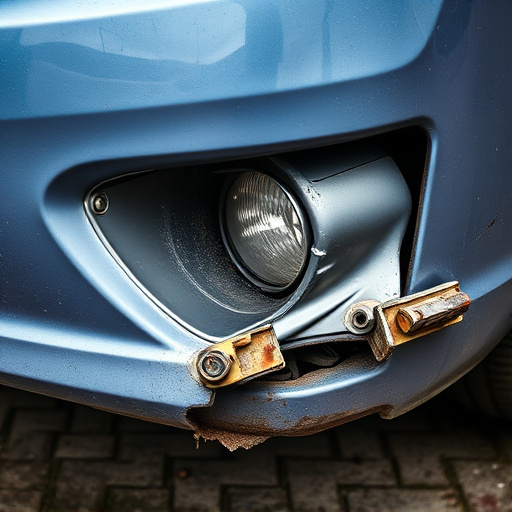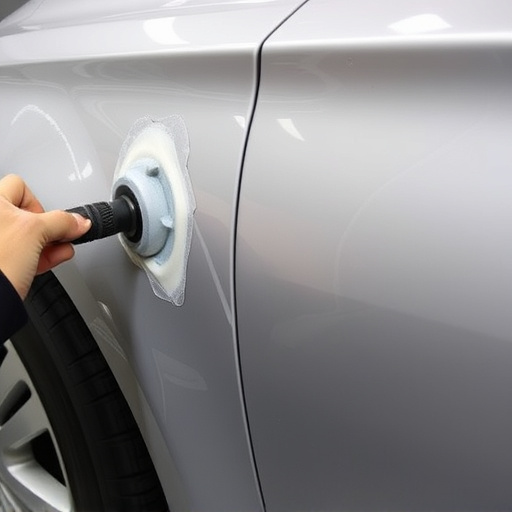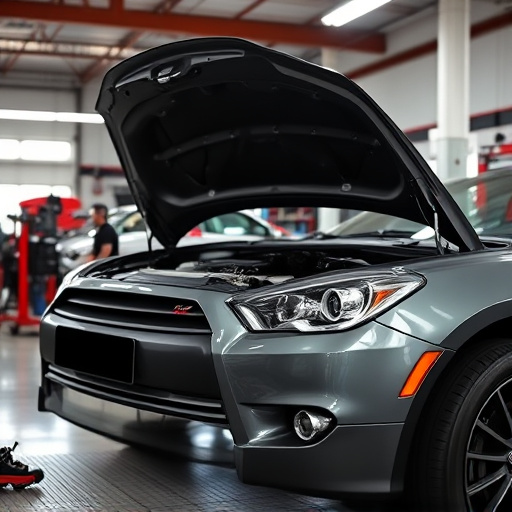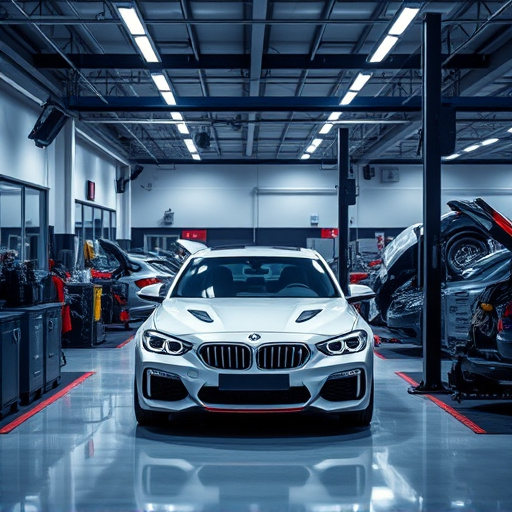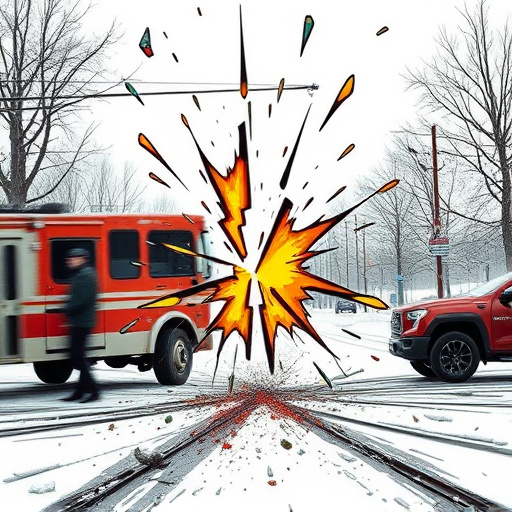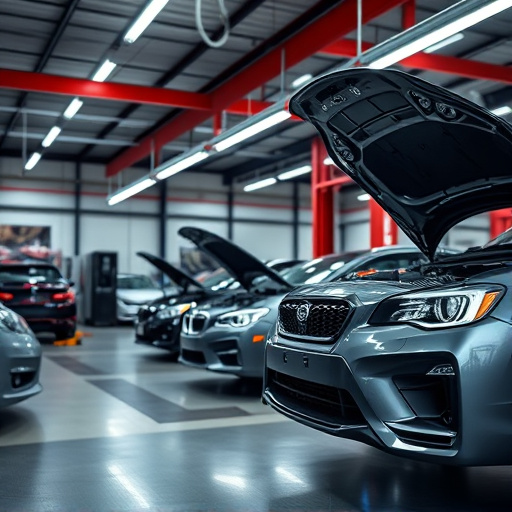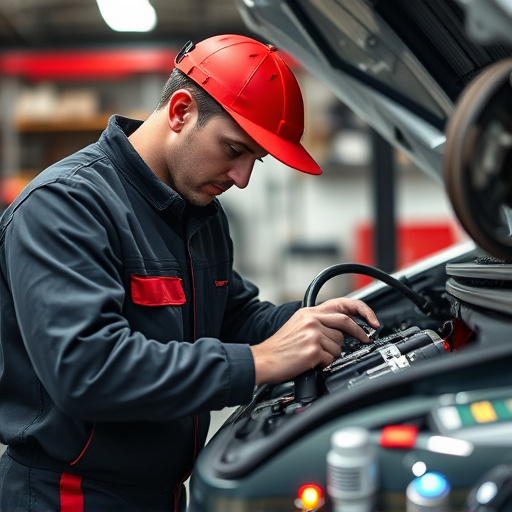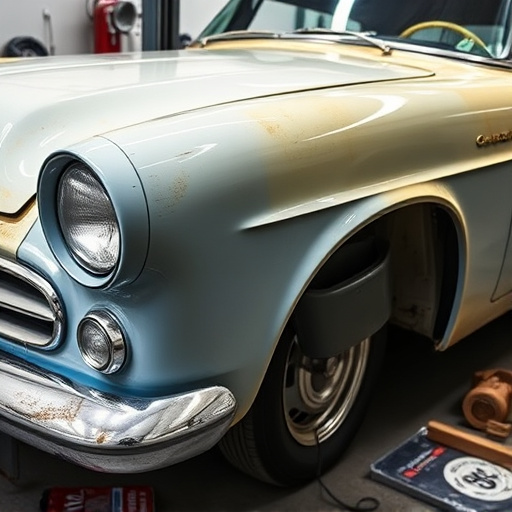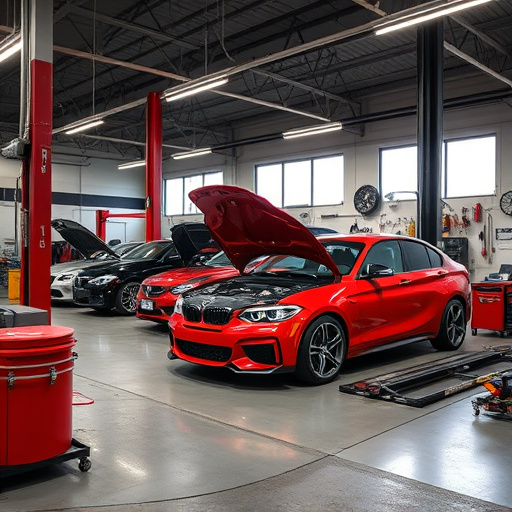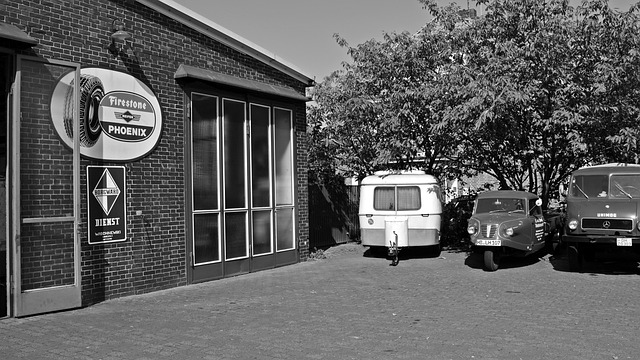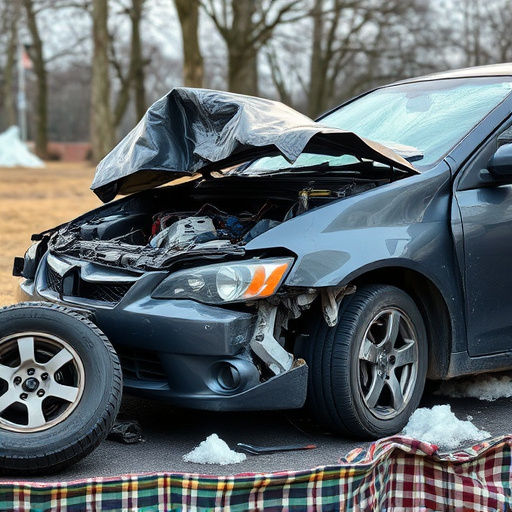Tempered glass installation provides enhanced safety and durability in residential and commercial settings, breaking into small harmless pieces upon impact and offering superior heat resistance. It resists scratches and stains, ideal for high-traffic areas. Despite installation challenges like specialized equipment and weather sensitivity, it's prioritized in collision repair centers due to its superior performance, especially in high-end cars. In the digital age, tempered glass remains indispensable across sectors, solidifying its value in modern applications like architectural marvels and automotive design.
Considering tempering your home or office with tempered glass installation? This material’s durability and aesthetic appeal have made it a popular choice for decades. From safety enhancements to enhanced property value, tempered glass offers distinct advantages. Yet, challenges exist in terms of cost and installation complexity. Discover why tempered glass remains a valuable investment as we explore its benefits, potential drawbacks, and evolving modern applications that keep this classic material relevant.
- Advantages of Tempered Glass Installation
- Potential Challenges and Considerations
- Modern Applications and Staying Relevant
Advantages of Tempered Glass Installation
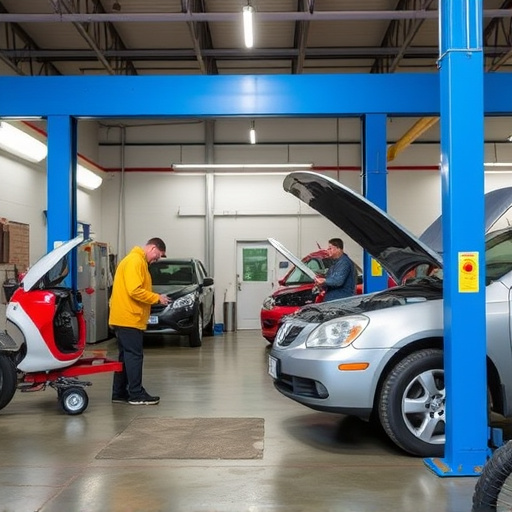
Tempered glass installation offers numerous advantages that make it a worthwhile investment for both residential and commercial spaces. One of its key benefits is enhanced safety. This type of glass is designed to break into small, harmless pieces upon impact, significantly reducing the risk of injury during accidents or breaks. This makes it an excellent choice for areas prone to fender benders or minor collisions, such as vehicle windshields or patio doors.
Moreover, tempered glass provides superior durability and resistance to heat. Unlike regular glass, it won’t shatter into sharp fragments when exposed to extreme temperatures or direct heat sources. This feature is particularly valuable in high-traffic areas or regions with varying weather conditions. In addition, its resistance to scratches and stains contributes to its longevity, making it a smart choice for those seeking long-term solutions, whether it’s for a luxurious home or a bustling body shop repair.
Potential Challenges and Considerations
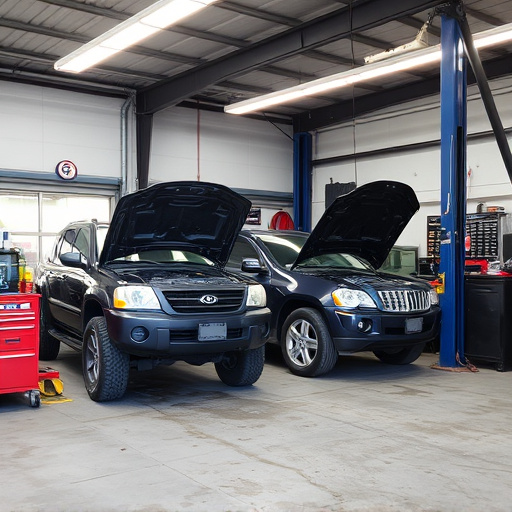
While tempered glass installation offers numerous benefits for vehicle windshields and car bodywork services, it’s not without potential challenges. One significant consideration is the specialized equipment and expertise required. Unlike standard glass, tempered glass must be installed with precision to prevent shattering into small, non-hazardous pieces upon impact, as per Mercedes Benz repair standards. This necessitates advanced tools and techniques that may not be readily available or cost-effective for some collision repair centers.
Additionally, the installation process itself can pose challenges. Proper alignment is crucial to ensure the glass fits seamlessly without gaps or misalignments. Weather conditions also play a role, with extreme temperatures potentially affecting the bonding process. Despite these hurdles, many collision repair centers continue to prioritize tempered glass installation for its superior safety features and ability to enhance vehicle aesthetics, especially in high-end cars like Mercedes Benz models.
Modern Applications and Staying Relevant
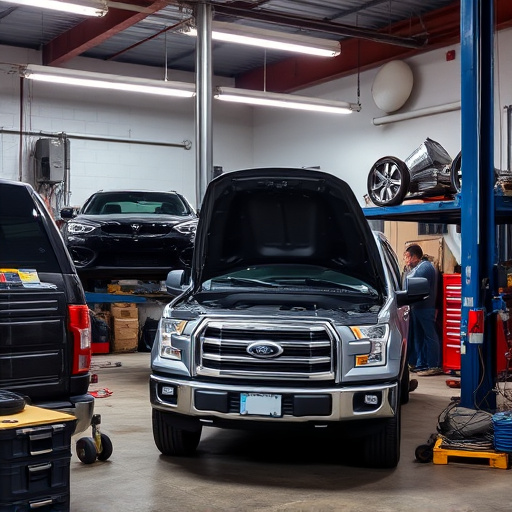
In today’s digital age, where technology advances at a rapid pace, one might question the enduring relevance of tempered glass installation. Yet, despite the emergence of innovative materials and manufacturing processes, tempered glass remains an indispensable component in various sectors. From architectural marvels to automotive design, its unique properties offer unparalleled strength and safety while maintaining aesthetic appeal.
In the realm of automotive body shops and car repair services, tempered glass plays a pivotal role in enhancing structural integrity without compromising visibility. Its ability to withstand extreme forces during accidents makes it a critical element in vehicle safety systems. Moreover, with advancements in automotive repair services, tailored tempered glass installations enable seamless repairs, ensuring vehicles return to their pre-incident condition. This adaptability and resilience solidify the continued value of tempered glass installation across industries, proving its worth in modern applications.
Tempered glass installation remains a worthwhile investment for several reasons. Despite potential challenges, its advantages—such as enhanced safety, aesthetic appeal, and versatility in modern applications—make it a preferred choice for many. By understanding the challenges and staying informed about evolving trends, professionals can effectively navigate the landscape of tempered glass installation, ensuring quality and relevance in today’s market.
